We are in the fourth industrial revolution, which is characterized by advances in robotics and self-driving car technology, the proliferation of smart home appliances, and more. At the forefront of all these is artificial intelligence (AI), which is the development of automated computer systems that could match or even surpass humans in intelligence.
AI is regarded as the next big thing—so big that future technologies will be dependent on it. But then, do we really know what we are getting ourselves into? Here are ten scary facts about artificial intelligence.
Your Self-Driving Car Might Be Programmed To Kill You
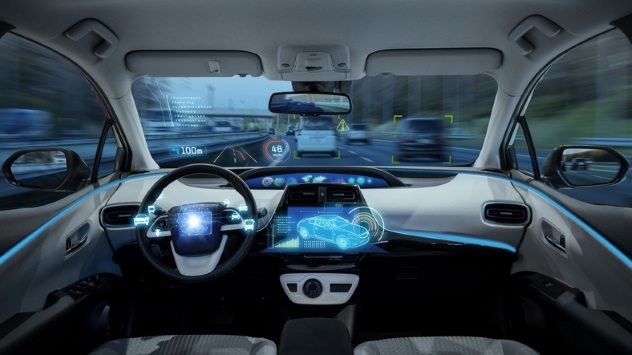
Let’s assume you’re driving down a road. Then, a group of children suddenly appear in front of your car. You hit the brakes, but they don’t work. Now, you have two options: The first is to run over the children and save your life. The second is to swerve into a nearby wall or bollard, thus saving the children but killing yourself. Which would you pick?
Most people agree they will swerve into the bollard and kill themselves.
Now imagine that your car is self-driving, and you’re the passenger. Would you still want it to swerve into the bollard and kill you? Most people who agreed they would swerve into the bollard if they were the driver also agreed that they would not want their self-driving car to swerve into the bollard and kill them. In fact, they won’t even buy such car if they knew it would deliberately put them at risk in an accident.
The cars will do what they were programmed to do. As things are, makers of self-driving cars aren’t talking. Most, like Apple, Ford, and Mercedes-Benz, tactfully dodge the question at every instance. An executive of Daimler AG (the parent company of Mercedes-Benz) once stated that their self driving cars would “protect [the] passenger at all costs.” However, Mercedes-Benz refuted this, stating that their vehicles are built to ensure that such a dilemma never happens. That is ambiguous because we all know that such situations will happen.
Google came clean on this and said its self-driving cars would avoid hitting unprotected road users and moving things. This means the car would hit the bollard and kill the driver. Google further clarifies that in the event of an impending accident, its self-driving cars would hit the smaller of any two vehicles. In fact, Google self-driving cars might be seeking to be closer to smaller objects at all times. Google currently has a patent on a technology that makes its self-driving cars move away from bigger cars and toward smaller cars while on the road.
Robots Might Demand Rights Just Like Humans
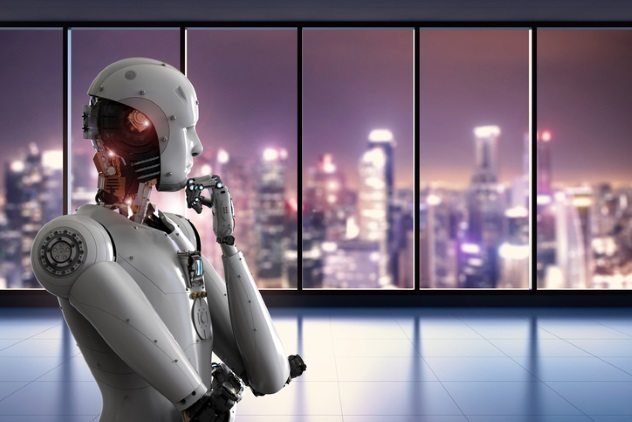
With the current trends in AI, it’s possible that robots will reach a stage of self-realization. When that happens, they may demand for their rights as if they were humans. That is, they’ll require housing and health care benefits and demand to be allowed to vote, serve in the military, and be granted citizenship. In return, governments would make them pay taxes.
This is according to a joint study by the UK Office of Science and Innovation’s Horizon Scanning Center. This research was reported by the BBC in 2006, when AI was far less advanced, and it was conducted to speculate the technological advancements they might be seeing in 50 years’ time. Does this mean that machines will start demanding citizenship in about 40 years? Only time will tell.
Automatic Killer Robots Are In Use
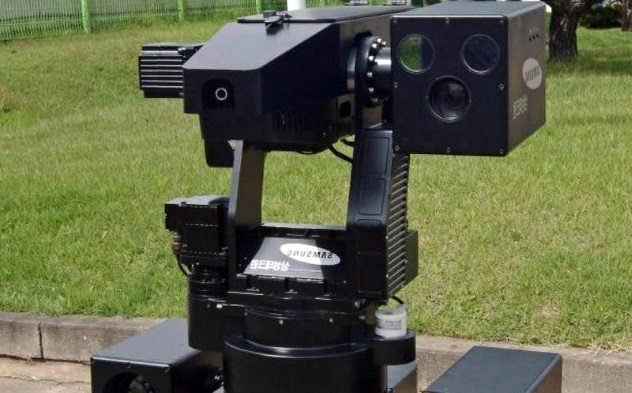
When we say “automatic killer robots,” we mean robots that can kill without the interference of humans. Drones don’t count because they are controlled by people. One of the automatic killer robots we’re talking about is the SGR-A1, a sentry gun jointly developed by Samsung Techwin (now called Hanwha Techwin) and Korea University. The SGR-A1 resembles a huge surveillance camera, except that it has a high-powered machine gun that can automatically lock onto and kill any target of interest.
The SGR-A1 is already in use in Israel and South Korea, which has installed several units along its Demilitarized Zone (DMZ) with North Korea. South Korea denies activating the auto mode that allows the machine decide who to kill and who not to kill. Instead, the machine is in a semi-automatic mode, where it detects targets and requires the approval of a human operator to execute a kill.
War Robots Can Switch Sides
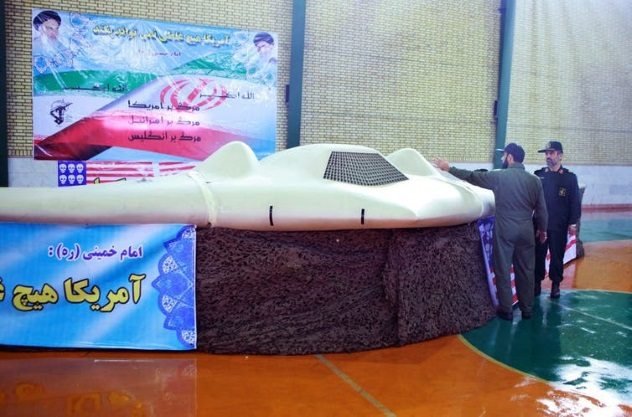
In 2011, Iran captured a highly secretive RQ-170 Sentinel stealth drone from the United States military, intact. That last word is necessary because it means the drone was not shot down. Iran claims it forced the drone to land after spoofing its GPS signal and making it think it was in friendly territory. Some US experts claim this is not true, but then, the drone wasn’t shot down. So what happened?
For all we know, Iran could be telling the truth. Drones, GPS, and robots are all based on computers, and as we all know, computers do get hacked. War robots would be no different if they ever make it to the battlefield. In fact, there is every possibility that the enemy army would make attempts to hack them and use them against the same army fielding them.
Autonomous killer robots are not yet in widespread use, so we have never seen any hacked. However, imagine an army of robots suddenly switching allegiance on the battlefield and turning against their own masters. Or imagine North Korea hacking those SGR-A1 sentry guns at the DMZ and using them against South Korean soldiers.
Russia Is Using Bots To Spread Propaganda On Twitter

Bots are taking over Twitter. Research by the University of Southern California and Indiana University has indicated that about 15 percent (48 million) of all Twitter accounts are operated by bots. Twitter insists that the figure is around 8.5 percent. To be clear, not all these bots are bad. Some are actually beneficial. For instance, there are bots that inform people of natural disasters. However, there are some that are being used for propaganda, most especially by Russia.
Russia is still in the news for using these bots to sow discord among US voters and sway them toward voting for Donald Trump during the 2016 election. Another little-reported incident is Russia using these bots to sway UK voters into voting to leave the European Union during the 2016 Brexit referendum.
Days before the referendum, more than 150,000 Russian bots, which had previously concentrated on tweets relating to the war in Ukraine and Russia’s annexation of Crimea, suddenly started churning out pro-Brexit tweets encouraging the UK to leave the EU. These bots sent about 45,000 pro-Brexit tweets within two days of the referendum, but the tweets fell to almost zero immediately after the referendum.
What’s worse is that Russia also uses these same bots to get Twitter to ban journalists who expose its extensive use of bots for propaganda. Once Russia detects an article reporting the existence of the bots, it finds the author’s Twitter page and gets its bots to follow the author en masse until Twitter bans the author’s account on suspicion of being operated by a bot.
The worst is that Russia has seriously improved on its bot game. These days, it has moved from using full bots to using cyborgs—accounts that are jointly operated by humans and bots. This has made it more difficult for Twitter to detect and ban these accounts.
Machines Will Take Our Jobs
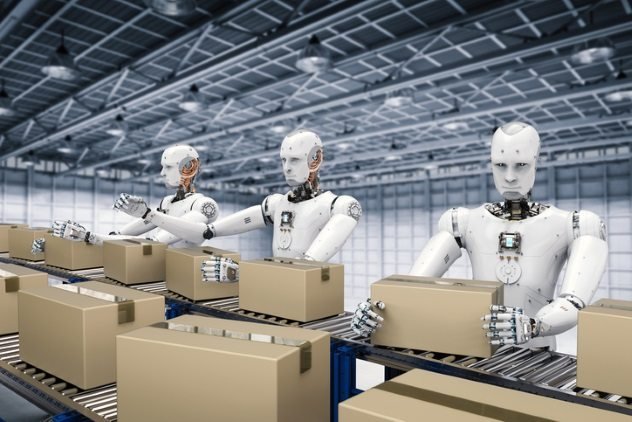
No doubt, machines will take over our jobs one day. However, what we don’t realize is when they will take over, and to what extent? Well, as we’re about to find out, it’s to a large extent.
According to top consultancy and auditing firm PricewaterhouseCoopers (PwC), robots will take over 21 percent of the jobs in Japan, 30 percent of jobs in the United Kingdom, 35 percent of jobs in Germany, and 38 percent of jobs in the United States by the year 2030.[6] By the next century, they will have taken over more than half of the jobs available to humans.
The most affected sector will be transportation and storage, where 56 percent of the workforce will be machines. This is followed by the manufacturing and retail sectors, where machines will take over 46 and 44 percent of all available jobs.
Talking about “when,” it is speculated that machines will be driving trucks by 2027 and manning retail stores by 2031. By 2049, they’ll be writing books, and by 2053, they’ll be performing surgery. Only few professions will be free of the machine incursion. One is the role of a church minister, which would remain free not because a machine can’t run a church but because most people won’t approve of being preached to by a robot.
Hello @listverse
Thank you for making post in our community but unfortunately you do not qualify to make post here.
The Community is not open to general users, kindly go through the community guidelines.
Thanks
Downvoting a post can decrease pending rewards and make it less visible. Common reasons:
Submit